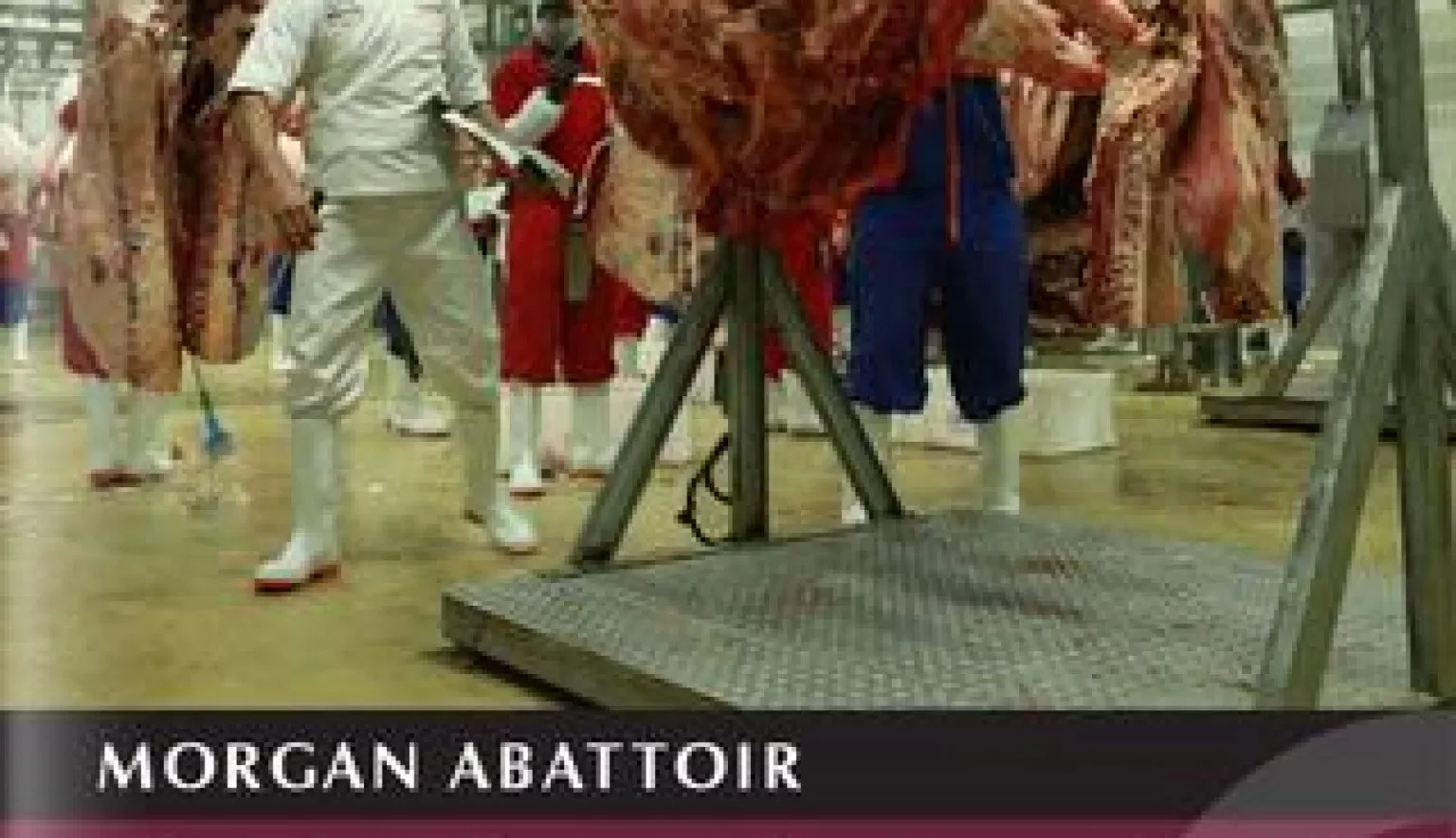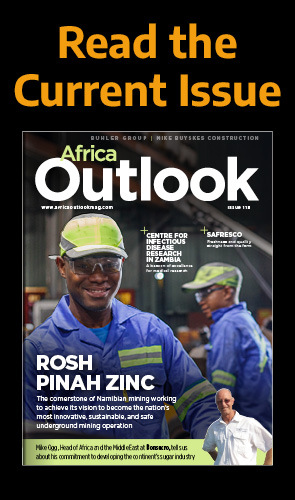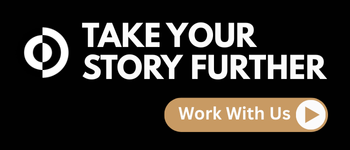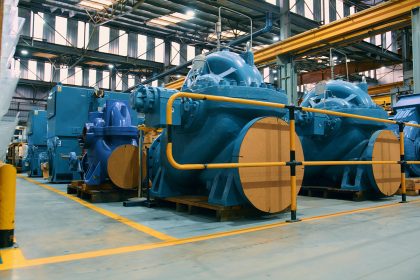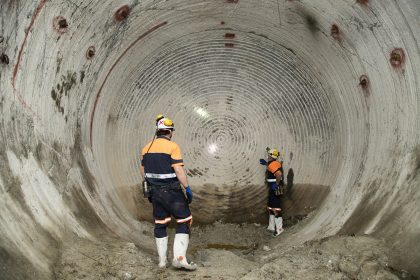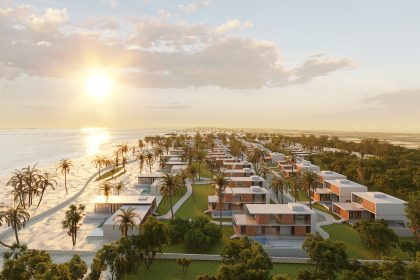By keeping abreast of industry and economic changes, Morgan Abattoir looks to grow its business in a sustainable manner.
LIVESTOCK INNOVATION
As one of the oldest abattoirs in South Africa, Morgan Abattoir has always adapted to take advantage of market trends in order to remain competitive, no matter the economic circumstances. Its latest investments and adoption of biogas to power its facilities will assist in the long-term sustainability of the business via efficient waste recycling and environmental practices.
Originally built in 1927, the Abattoir has undergone drastic changes over the years, in particular when the former South African Meat Board provided the opportunity for municipal or state-owned abattoirs to be bought by private organisations or individuals, as current Managing Director Dirk Groenwald explains: “Previously, abattoirs had certain quotas given to them regarding the amount of animals that may be slaughtered by certain auction houses. Therefore, farmers had to market their livestock for slaughter directly to the livestock agencies.
“These agencies then informed the farmer where the cattle would have to be sent – or the agencies would collect the cattle – and transport it to have it slaughtered. With prices dictated by market factors on the day, this certainly presented a challenge and a fluctuation in spending costs.”
Now that privatisation has become a reality, farmers can liaise directly with abattoirs and this has shaped Morgan Abattoir into the business it is today, focusing primarily on cattle slaughtering to supply beef carcasses and offal to butcheries, wholesalers, supermarket groups and other institutions.
In 2006, the Morgan Group of Companies bought out all shareholders of MVB Abattoir, which further ensured a constant supply of cattle for throughput. “We receive our cattle from other feedlots within a 300 kilometre (km) radius from our Springs location, which allows us to guarantee meat safety and quality. The reason we buy feedlot cattle is due to the traceability of the product,” confirms Groenwald, adding that Morgan Abattoir is also capable of handling contract slaughtering for individuals and organisations.
After major site development in 2012, the Abattoir expanded its wholesale arm of the business adding four loading bays, additional cold rooms and freezer storage and a training facility, as well as laying the groundwork for a deboning plant which was scheduled for completion in 2013.
DEBONING PLANT
Today, the Abattoir has increased its slaughtering capacity from 270 a day to 500 a day over the past 12 years, and in 2014, the company obtained an export to African, East Asian and Middle Eastern countries for carcass and deboned products to further enhance the business.
“In the current economic climate, diversity is important. That was one of the key reasons why we invested in the building and operating of a deboning plant,” says Groenwald. “The plant has gone from strength to strength, surpassing our initial estimates of production levels to reach 350 hind quarters a day, which will increase to a daily production of 500 hind quarters a day once we complete the next phase of development.”
Deboned products are sealed in state-of-the-art Cryovac Bags® that are able to handle large volumes; a typically expensive process that ensures better shelf life. Moreover, Morgan Abattoir do not inject meat products with any water, solutions or additives, providing a 100 percent pure cut of beef – fresh or frozen – from a name with a reputation for quality.
BIOGAS
Given the current electricity blackout problems facing South Africa, careful research and investigation into alternative electricity and heat generation in 2011-12 has led Morgan Abattoir to begin developing a biogas plant in order to become near-self sustainable when it comes to energy usage.
Groenwald further explains: “We are confident that the plant will be finished before the end of May this year. Thereafter, generation of electricity will commence by the end of August.
“Biogas was a logical choice for us given the large amount of waste and waste products generated by the cattle. Furthermore, the plant can take spoilt or rejected fruit and vegetables from local farmers, factories or markets, and convert this into high-nutrient slurry to be used as fertiliser.”
The biogas fuel will not only generate electricity and heat for water to aid in the cleaning and sterilising processes, but it will also assist in minimising Morgan Abattoir’s carbon footprint, reducing costs and 75 percent of the smells typically associated with an abattoir.
“We estimate that the biogas plant will be able to supply us with nearly 65 percent of our electricity and 90 percent of our heat/warm water needs,” states Groenwald.
DEVELOPING THE BUSINESS
Throughout the years, the Abattoir has made many capital investments that have enabled the company to update its equipment, internal processes and delivery vehicles and systems which Groenwald says were essential to remain ahead of the industry curve.
As a consequence of the centralisation of its fleet of in-house delivery vehicles, Morgan Abattoir is able to deliver its meat to Gauteng, Mpumalanga, Western Cape and Kwa-Zulu Natal.
“By having in-house logistical capabilities comprising 21 delivery trucks in varying sizes, we have not only cut costs but since receiving approval as an export abattoir, we have been able to focus our attention on increasing our supply to other African, East Asian and Middle Eastern countries,” he explains.
As an abattoir has a pre-defined set of required skills across slaughtering, deboning and wholesale, Morgan Abattoir train competent people in specific taught skills, providing opportunities for employees to move up the ranks.
“We firmly believe that no abattoir is the same. Although there may be some similarities, we place great emphasis on hiring new talent and prefer to employ local people from the surrounding community that supports us. Starting at the bottom and working your way up is just one of the mantras that we abide by,” highlights Groenwald.
These training opportunities are supported by continuous enforcement and training in hygiene and other vital health and safety practices.
When it comes to the supply chain, Morgan Abattoir has built – and continues to build – relationships with its cattle suppliers. Moreover, the Abattoir is able to provide information on the wellbeing of the animal and the slaughtering process to every farmer that utilises the facility.
“Our success has been determined by these sustainable long-term relationships we form with our suppliers and our continued commitment to timely delivery,” confirms Groenwald.
BLUE-SKY THINKING
Over the years, changes to the economic climate have dictated Morgan Abattoir’s improvement strategy. The Abattoir hopes to reach its maximum slaughtering capacity of 600 cattle a day and increase the deboning plant to 800 quarters a day in the next two years.
With the biogas plant nearing completion, Groenwald hopes the plant will eventually be able to supply all the electricity needs of the Abattoir, including all future expansions. “In line with this, we are keen to setup a water purification plant so that we can reuse and recycle water where possible,” he adds.
Finally, the company will optimise internal processes to ensure efficiencies and satisfied customers and staff alike.
“We always think outside the box and through constant reviews of every product, process and pricing, we continually revaluate key parts of the business. By increasing our own standards above that of the standards of our customers, within reason and deliverance; we believe this is what sets us apart from other competitors and will lead us into continued future success,” concludes Groenwald.



